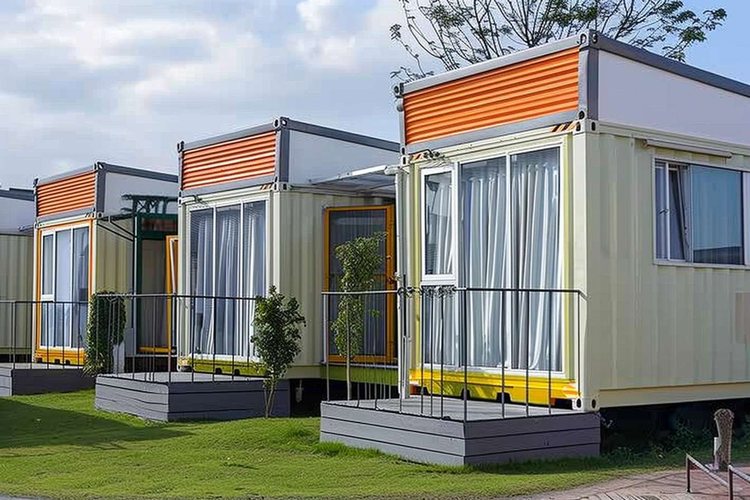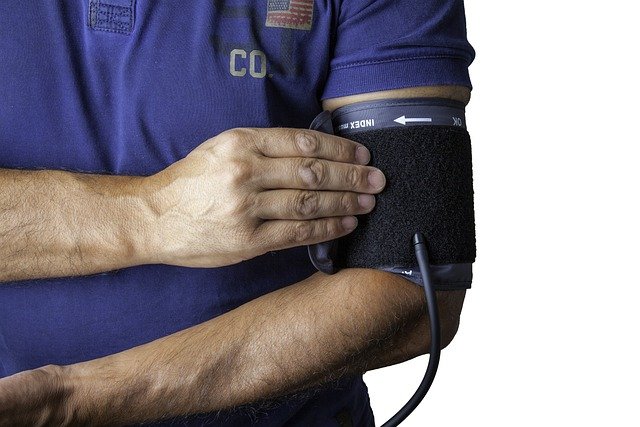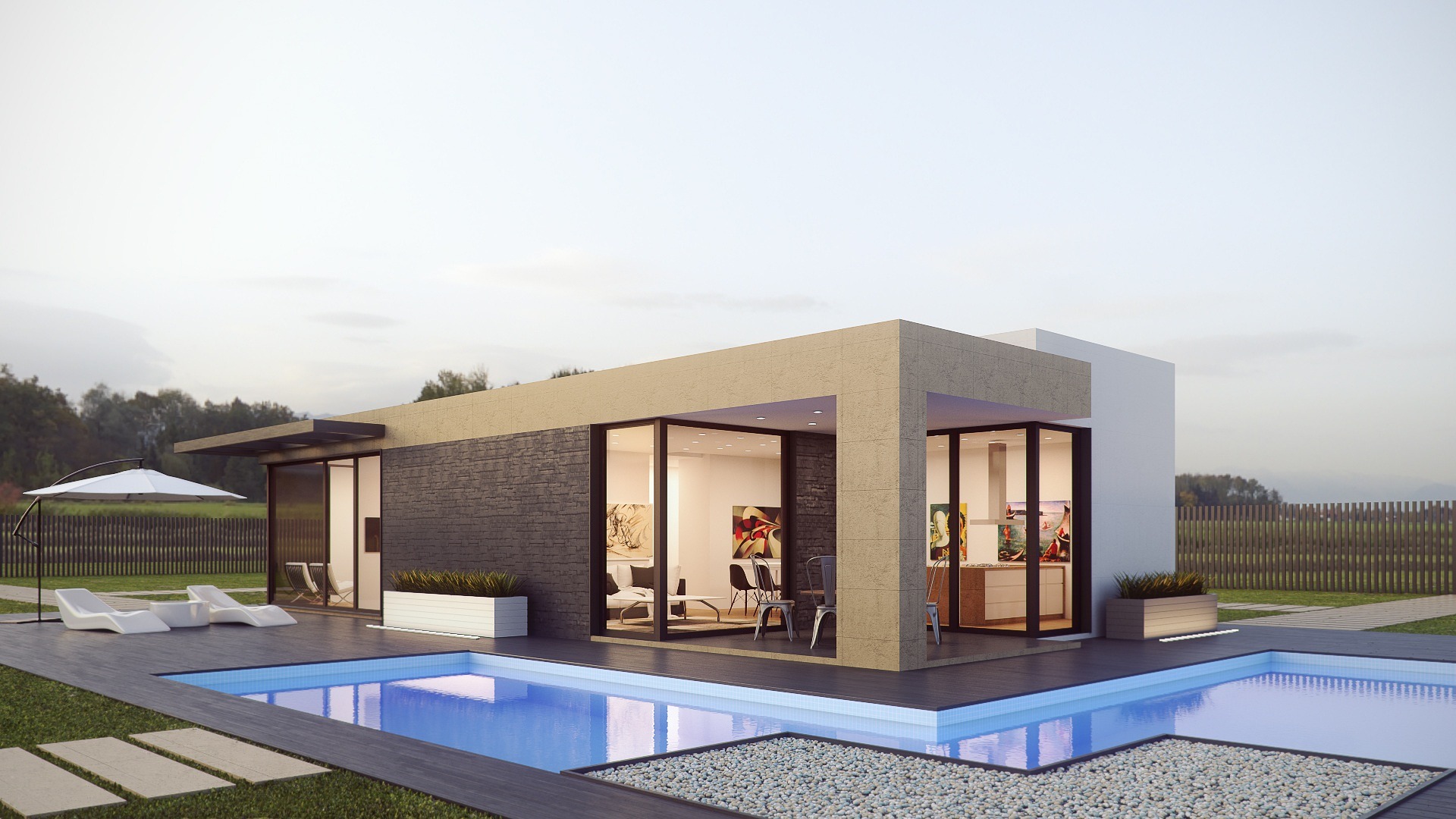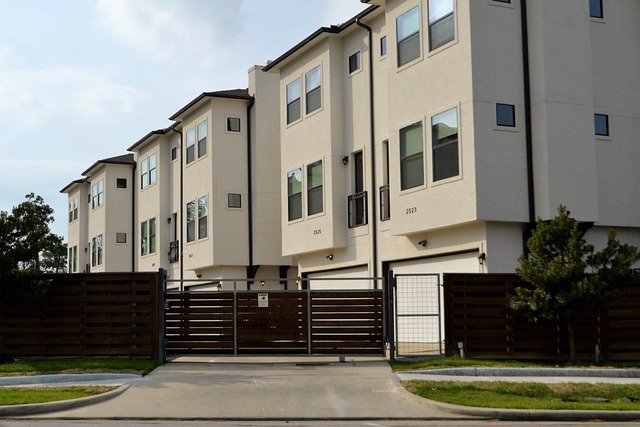Prefabricated Homes Transform Modern Construction
Prefabricated homes are revolutionizing the housing industry by offering sustainable, cost-effective, and efficiently constructed alternatives to traditional building methods. These factory-built structures combine innovative design with environmental responsibility, creating flexible housing solutions that adapt to changing lifestyle needs while delivering significant economic advantages for homeowners and communities alike.

Why Sustainable Prefabricated Homes Are Making Waves
The growing focus on environmental responsibility has positioned sustainable prefabricated homes at the forefront of modern construction trends. These homes utilize renewable materials, energy-efficient manufacturing processes, and sustainable building practices that significantly reduce their environmental footprint compared to conventional construction methods.
Factory-controlled environments allow for precise material usage, minimizing waste and optimizing resource allocation. Many prefab manufacturers incorporate recycled materials, low-impact insulation, and sustainable wood sources into their designs. The controlled manufacturing process also enables better quality control, ensuring that sustainable features like energy-efficient windows, advanced insulation systems, and eco-friendly finishes are consistently implemented across all units.
Eco-Friendly Living: Environmental Benefits of Prefab Homes
Prefabricated homes deliver substantial environmental benefits through reduced construction waste, lower energy consumption, and decreased carbon emissions. Traditional construction typically generates 3-7 pounds of waste per square foot, while prefab construction can reduce this waste by up to 90% through precise material planning and factory efficiency.
The manufacturing process allows for better integration of renewable energy systems, such as solar panels and geothermal heating systems, which can be pre-installed during fabrication. Many prefab homes achieve net-zero energy consumption or even generate surplus energy, contributing to grid sustainability. Additionally, the shorter construction timeline reduces the environmental impact of construction sites, minimizing soil disruption and reducing the carbon footprint associated with extended building periods.
Innovative Design & Efficient Construction for Prefab Homes
Modern prefabricated homes showcase cutting-edge design innovations that rival or exceed traditional construction capabilities. Advanced computer-aided design (CAD) systems enable precise customization while maintaining manufacturing efficiency. Modular design principles allow for flexible floor plans that can be modified or expanded as needs change.
The controlled factory environment enables the use of advanced construction techniques and materials that might be challenging to implement on traditional construction sites. Precision-engineered components ensure superior structural integrity, while automated manufacturing processes deliver consistent quality across all building elements. Many prefab homes now incorporate smart home technology, advanced HVAC systems, and high-performance building envelopes that exceed standard building codes.
Flexible & Resilient: Adaptability of Prefabricated Housing
Prefabricated housing systems offer remarkable adaptability to diverse environments, zoning requirements, and changing family needs. Modular components can be reconfigured, expanded, or relocated, providing long-term flexibility that traditional construction cannot match. This adaptability makes prefab homes particularly valuable for growing families, changing work arrangements, or evolving lifestyle preferences.
Many prefab systems are designed to withstand extreme weather conditions and natural disasters better than conventional construction. Factory-controlled manufacturing ensures consistent adherence to building codes and structural standards, while modular design principles often result in structures that exceed traditional stability requirements. The ability to disassemble and relocate prefab homes also provides resilience against changing property values or employment opportunities.
Smart Investment: Economic Advantages of Prefabricated Homes
Prefabricated homes offer significant economic advantages through reduced construction costs, shorter build times, and lower long-term maintenance expenses. The streamlined manufacturing process eliminates many variables that contribute to cost overruns in traditional construction, providing more predictable project budgets and timelines.
| Home Type | Provider | Size Range | Cost Estimation |
|---|---|---|---|
| Modular Homes | Clayton Homes | 1,000-3,000 sq ft | $80,000-$200,000 |
| Tiny Prefab | Tumbleweed Houses | 400-800 sq ft | $65,000-$120,000 |
| Luxury Prefab | Method Homes | 1,500-4,000 sq ft | $300,000-$800,000 |
| Kit Homes | Lindal Cedar Homes | 1,200-5,000 sq ft | $150,000-$500,000 |
Prices, rates, or cost estimates mentioned in this article are based on the latest available information but may change over time. Independent research is advised before making financial decisions.
The economic benefits extend beyond initial construction costs. Prefab homes typically feature superior insulation and energy-efficient systems that reduce utility costs over time. The precise manufacturing process also results in fewer maintenance issues, reducing long-term ownership costs. Additionally, the shorter construction timeline means faster occupancy and reduced interim housing costs for buyers.
Conclusion
Prefabricated homes represent a significant evolution in residential construction, combining sustainability, innovation, flexibility, and economic efficiency into comprehensive housing solutions. As technology continues advancing and environmental awareness grows, prefab homes are positioned to play an increasingly important role in addressing housing needs while supporting sustainable development goals. The combination of environmental benefits, design flexibility, and economic advantages makes prefabricated homes a compelling option for modern homeowners seeking efficient, responsible, and adaptable housing solutions.




